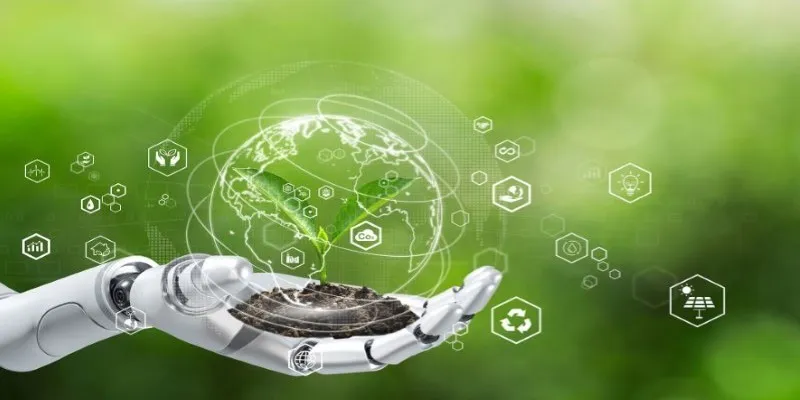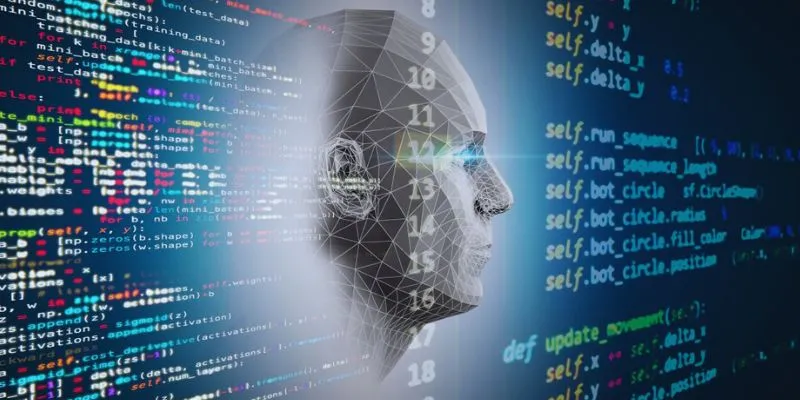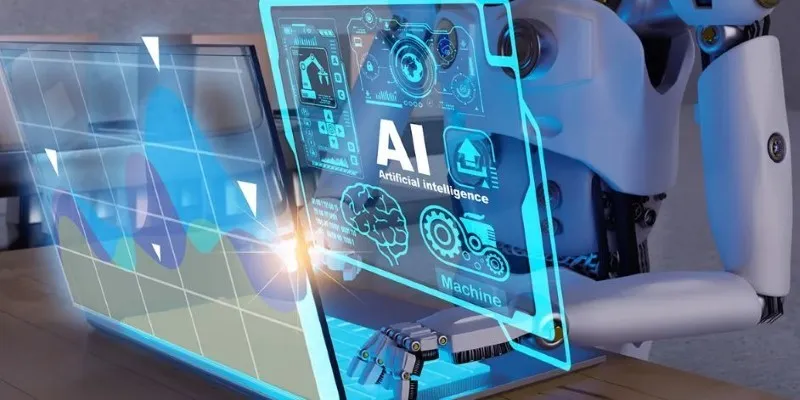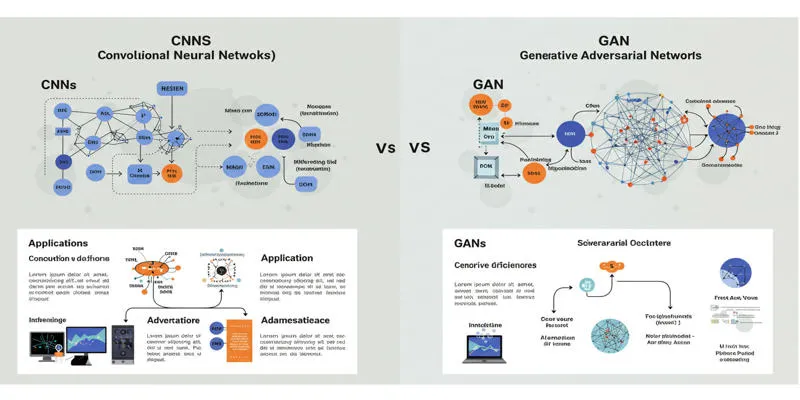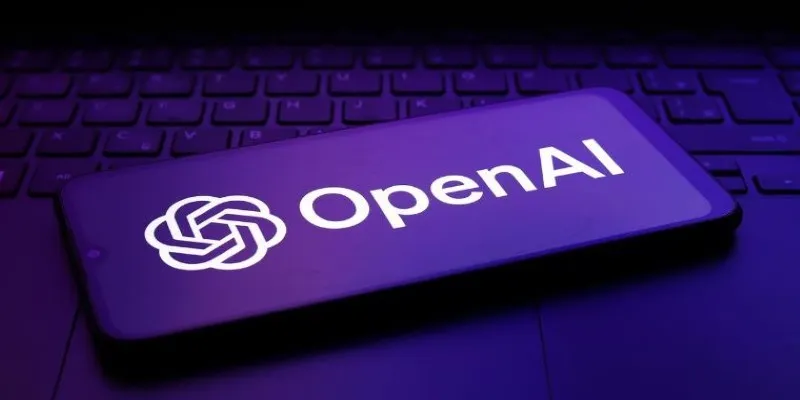Artificial Intelligence (AI) has seamlessly integrated into our daily lives, yet many still find it a bit of a mystery. From voice assistants to personalized recommendations, AI is the sophisticated capability of computers and machines to perform tasks that typically require human intelligence. These tasks include decision-making, learning from experiences, and detecting patterns. In this blog post, we’ll demystify AI, explore its workings, and showcase its modern-day applications. By the end, you’ll have a clearer understanding of what AI is and why it matters.
How Does AI Work?
AI systems operate by processing vast amounts of data and leveraging algorithms to identify patterns and make informed predictions. The more data available, the more effectively these systems learn and produce accurate outcomes. A pivotal method in AI is machine learning, which enables computers to learn from data and enhance their performance over time without direct human input.
In the realm of machine learning, AI systems are trained on datasets to make decisions. Over time, they improve at recognizing patterns and forecasting outcomes. For instance, in email applications, machine learning helps in filtering spam emails by identifying recurring patterns in known spam messages.
Types of Artificial Intelligence
Understanding the various types of AI is crucial to grasping its potential scope and applications:
- Narrow AI : This is the most prevalent form of AI we encounter daily. Designed to perform specific tasks, Narrow AI lacks general intelligence or consciousness. Examples include AI in virtual assistants, spam filters, and self-driving cars. Although Narrow AI excels at particular tasks, it cannot perform beyond its designated functions.
- General AI : General AI refers to a hypothetical AI capable of performing any intellectual task a human can. Such AI would reason, understand complex concepts, and learn new tasks. However, achieving General AI remains a distant goal.
- Superintelligent AI : Mostly conceptual at this stage, Superintelligent AI would surpass human intelligence in every aspect, including problem-solving, creativity, and decision-making. While speculative, discussions about Superintelligent AI raise significant ethical, safety, and control concerns.
Applications of AI in Daily Life
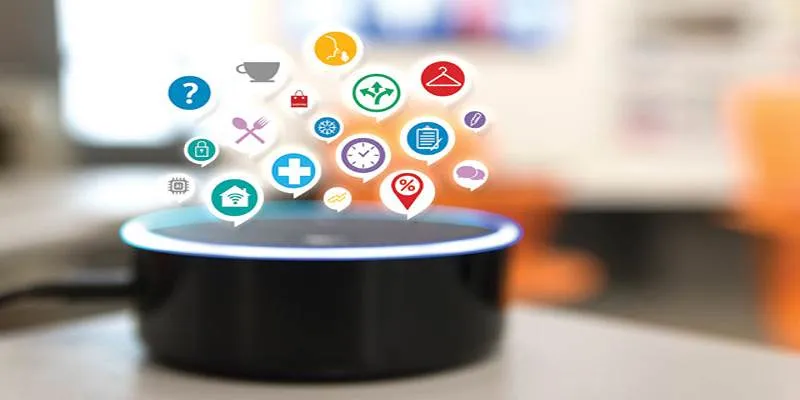
AI is revolutionizing numerous industries and facets of everyday life. Here are some common applications of AI :
- Voice Assistants : AI-powered voice assistants like Amazon Alexa, Google Assistant, and Apple Siri have become integral to households. These assistants utilize natural language processing (NLP) to comprehend voice commands and deliver pertinent responses, from setting reminders to playing music.
- Recommendation Systems : Platforms such as Netflix, Spotify, and Amazon use AI to suggest movies, music, and products based on user behavior and preferences. By analyzing past interactions, AI offers personalized recommendations.
- Self-Driving Cars : AI is pivotal in the development of self-driving cars, which use computer vision, machine learning, and sensing technologies to navigate roads, avoid obstacles, and make real-time decisions. Companies like Tesla lead this innovation, though fully autonomous vehicles are still in testing phases.
- Healthcare : AI is making significant strides in healthcare, aiding in disease diagnosis, medical image analysis, and more. AI-powered systems assist doctors in making accurate decisions and are utilized in drug discovery and personalized medicine to enhance patient care.
Benefits of AI
AI offers numerous advantages, particularly in boosting efficiency and automating routine tasks. Key benefits of AI include:
- Increased Efficiency : AI processes large volumes of data swiftly and accurately, enabling businesses and individuals to operate more efficiently.
- Automation of Tasks : AI automates repetitive tasks, freeing up human resources for more creative and complex activities.
- Personalization : AI facilitates personalized experiences, such as tailored recommendations or custom products, by analyzing user preferences and behavior.
- Improved Accuracy : In areas like medical diagnosis, data analysis, and financial transactions, AI systems often make fewer errors than humans.
Challenges and Risks of AI
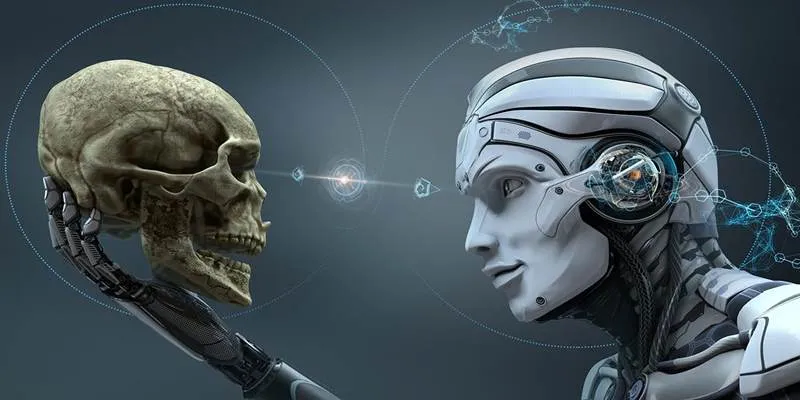
Despite its benefits, AI also presents challenges and risks, including:
- Job Displacement : As AI automates more tasks, there is a concern that human workers might lose jobs, especially in manufacturing, customer service, and transportation sectors.
- Bias and Fairness : AI systems can inherit biases from their training data, leading to unfair decisions if the data itself is biased.
- Privacy Concerns : As AI systems often require extensive personal data, there are concerns about privacy and the protection and use of this data.
- Security Risks : AI systems are susceptible to hacking and other security threats, potentially compromising sensitive information.
Conclusion
In conclusion, Artificial Intelligence is reshaping our world by enabling machines to perform tasks once exclusive to humans. While AI brings numerous benefits, it also poses challenges that must be addressed. As AI continues to advance, its impact on the future remains unpredictable. By understanding AI’s potential and risks, we can better navigate this evolving technological landscape.
 zfn9
zfn9


